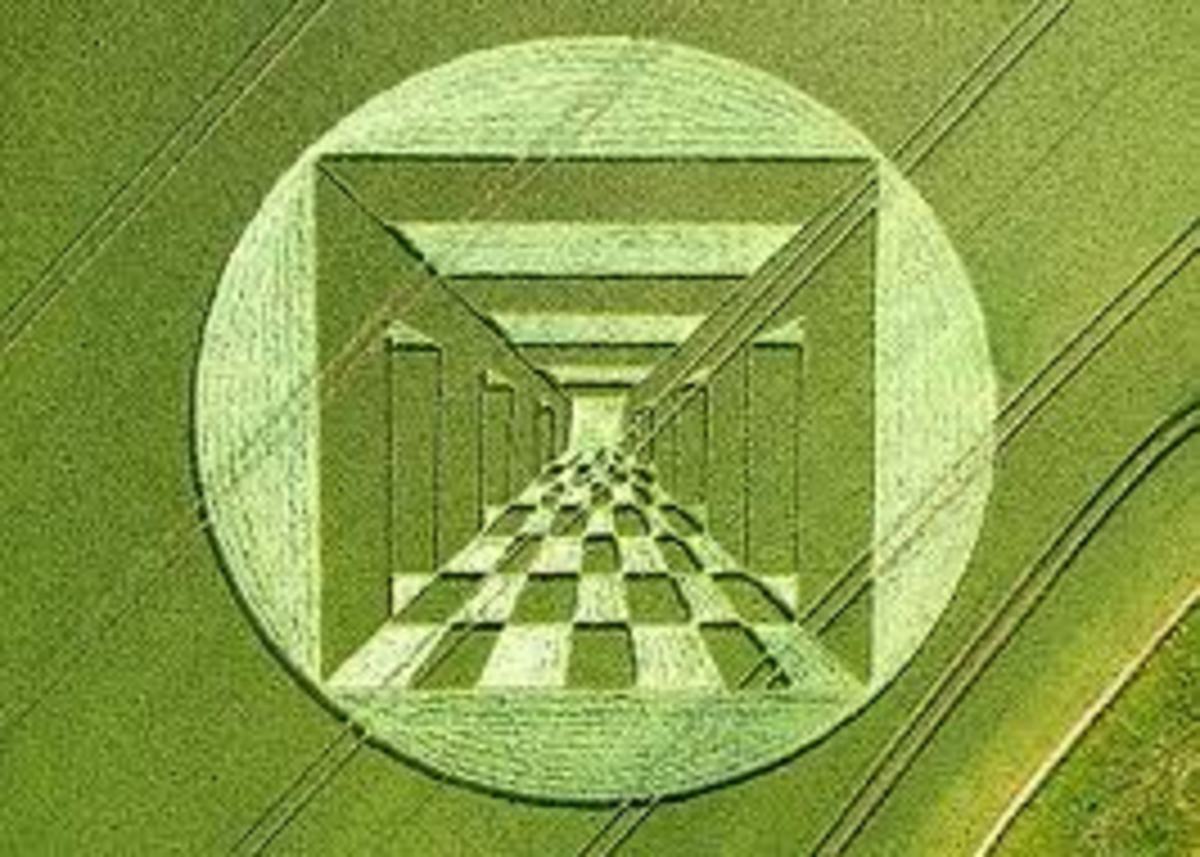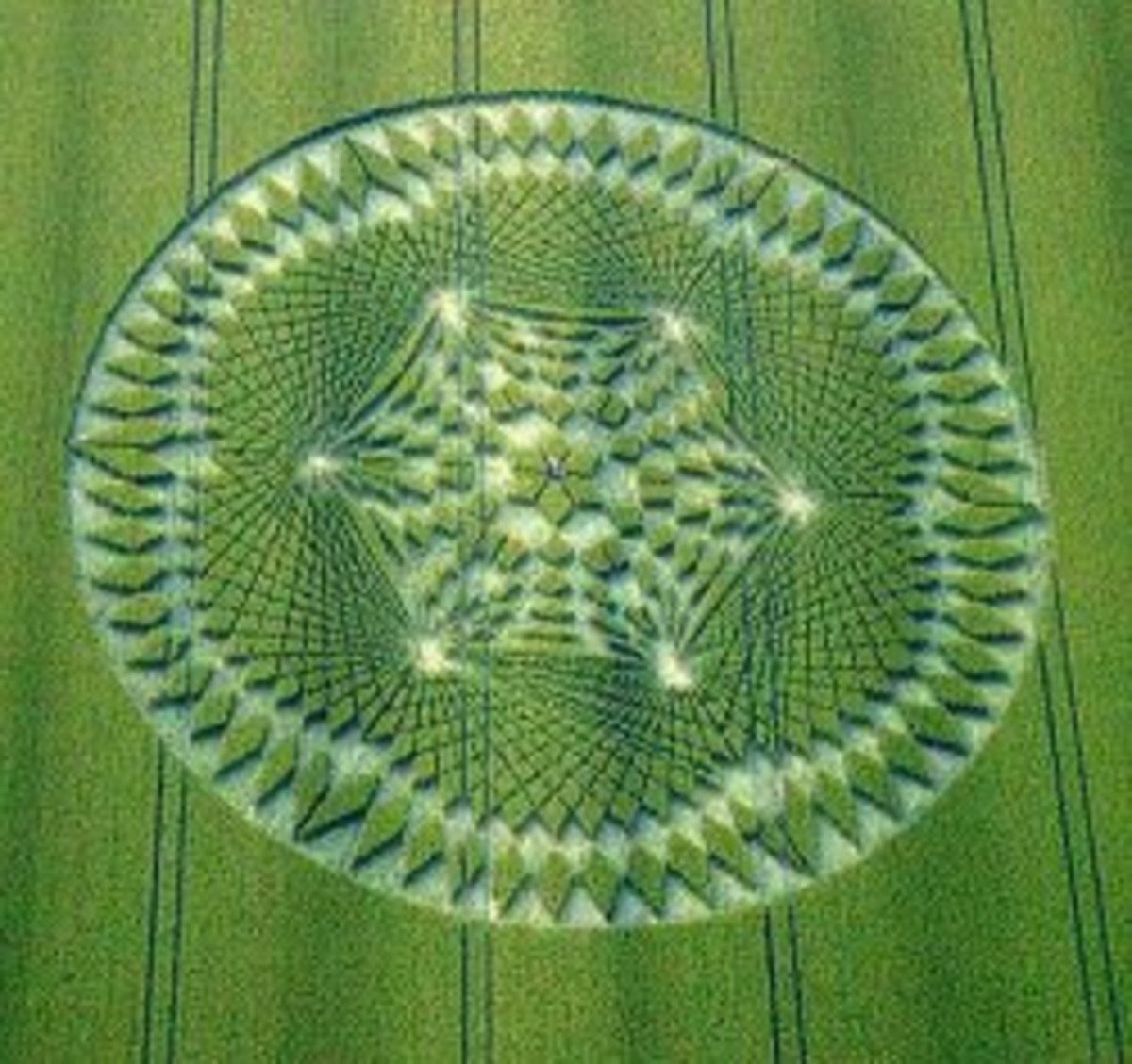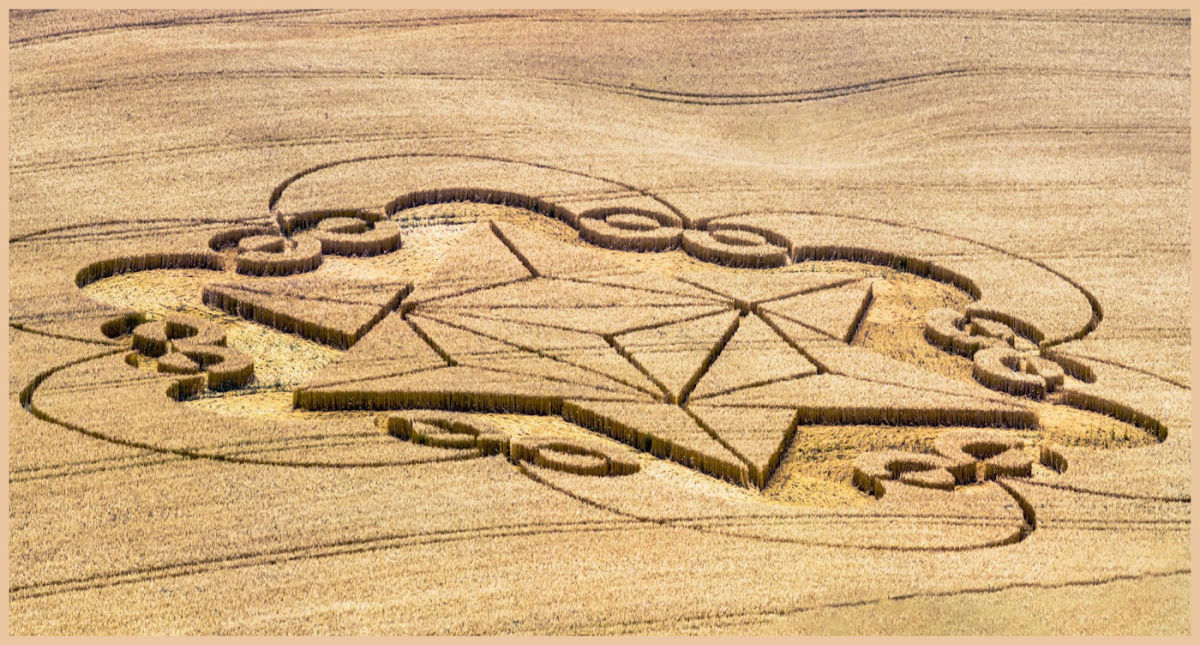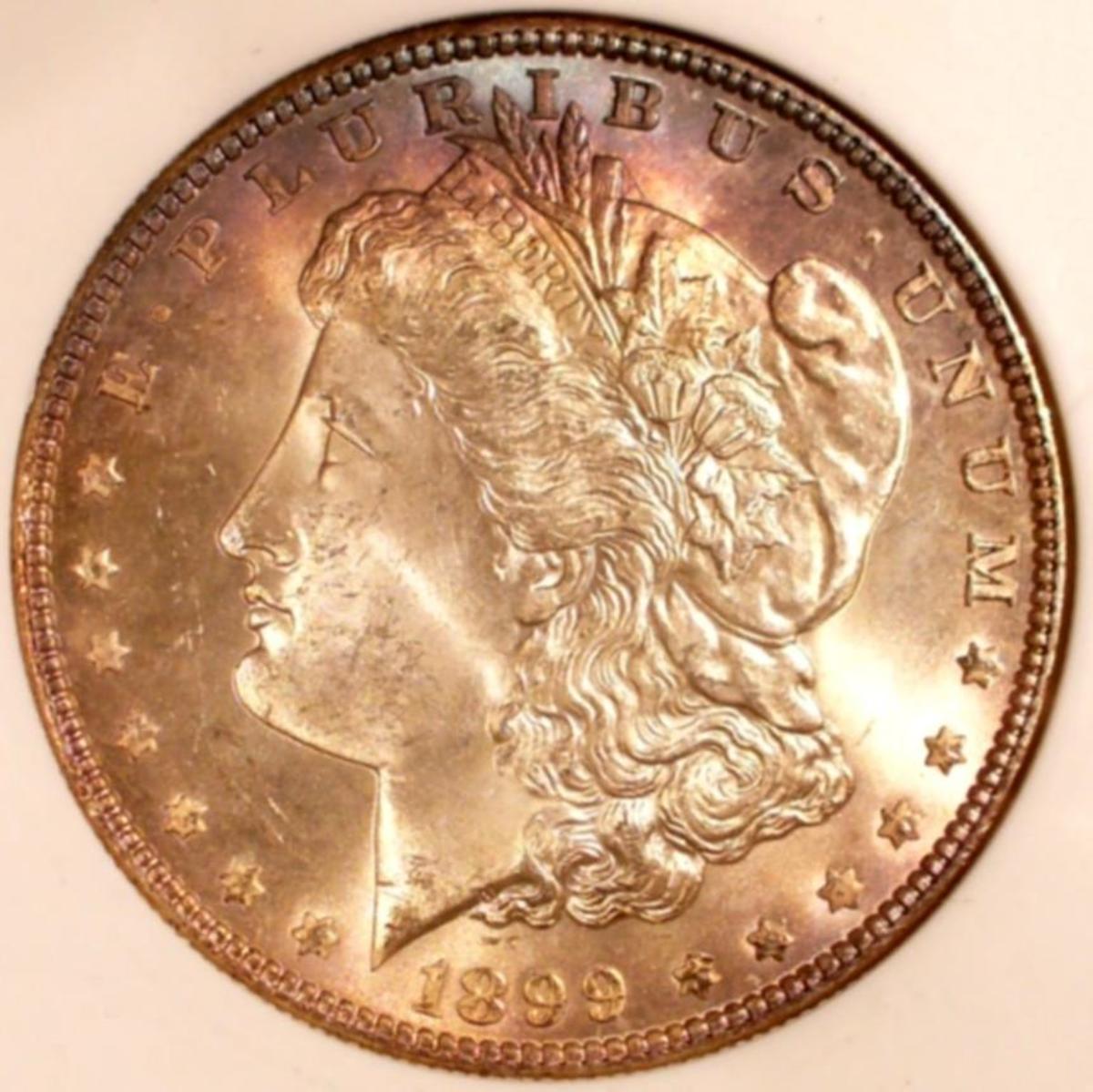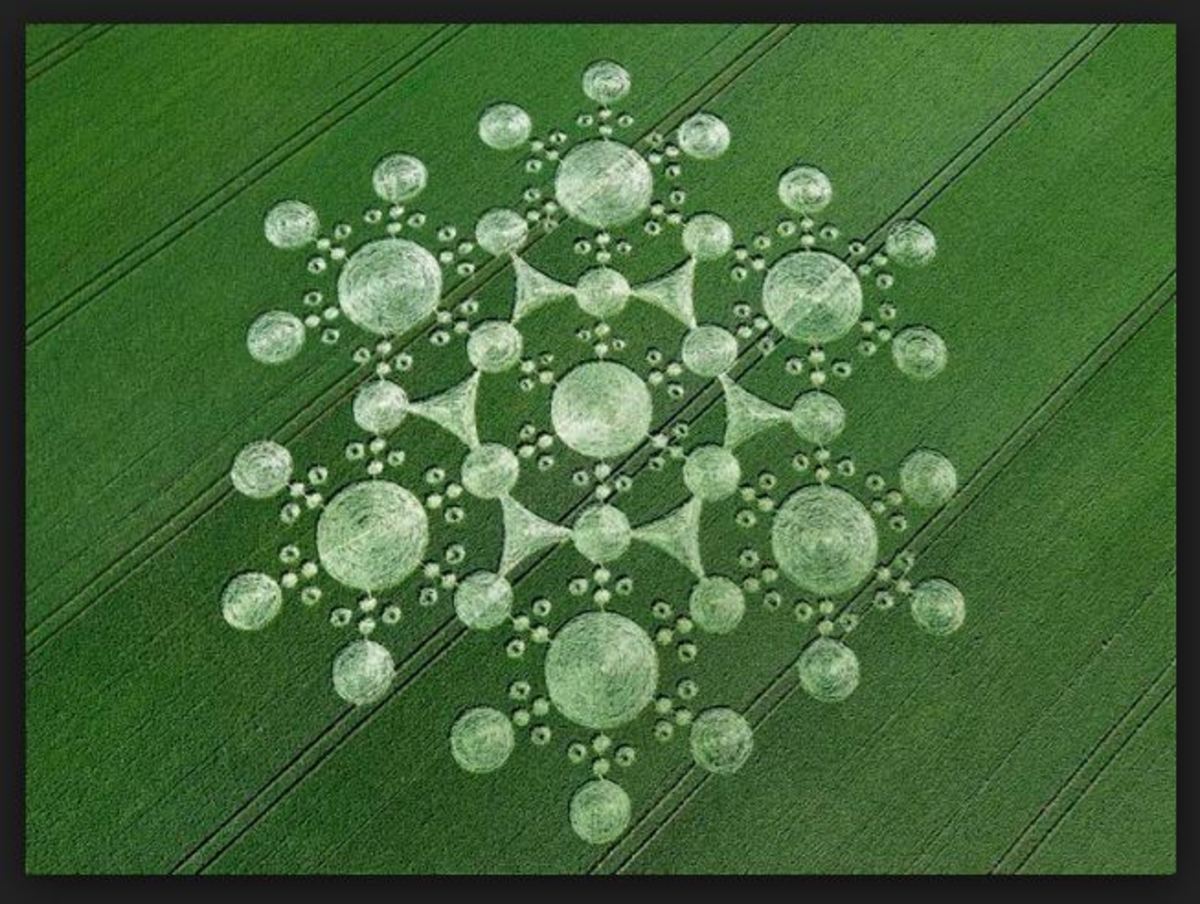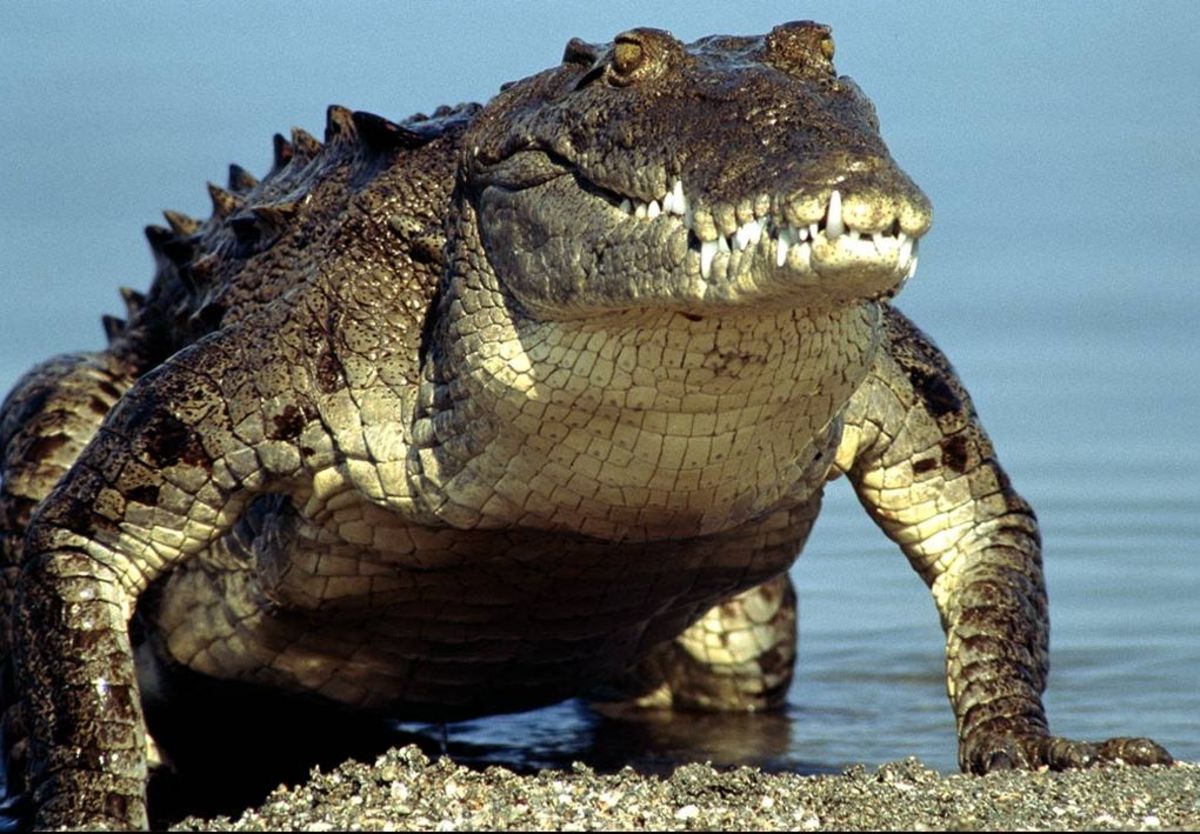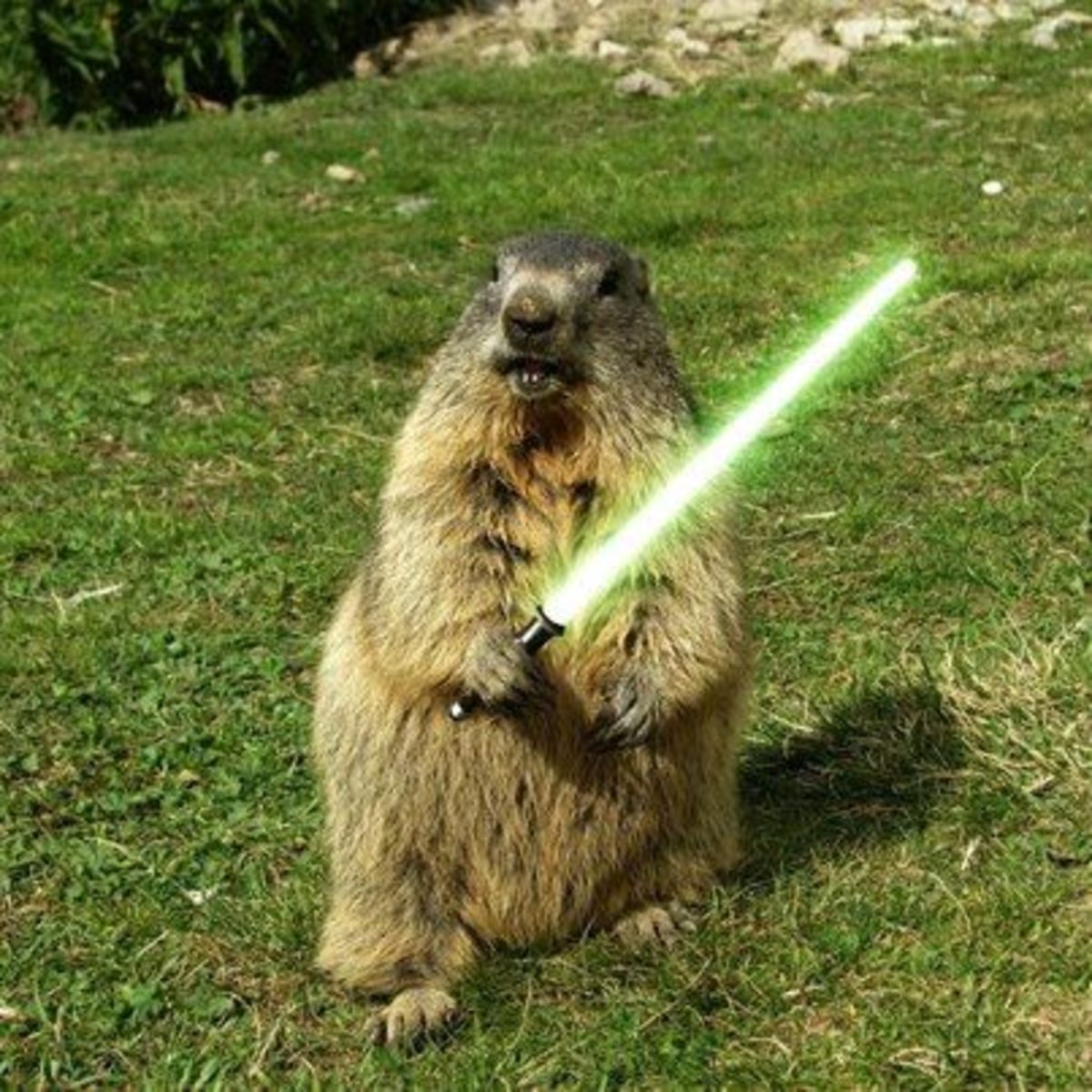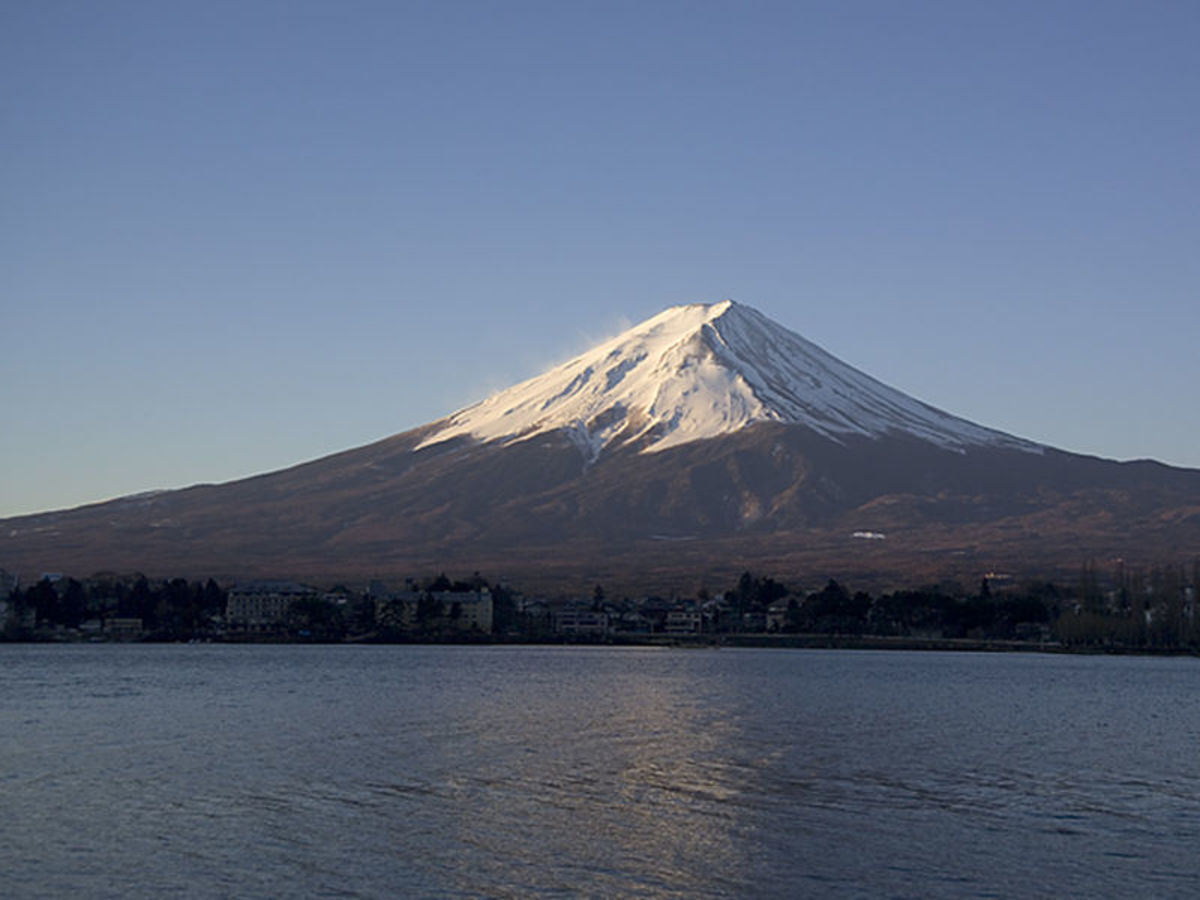Natural Wonders: Underwater Crop Circles, Fairy Rings and Ice Circles
Few things in the natural world have captured the imagination like underwater circles, fairy rings and ice circles. What causes these things, and how did they impact folklore?
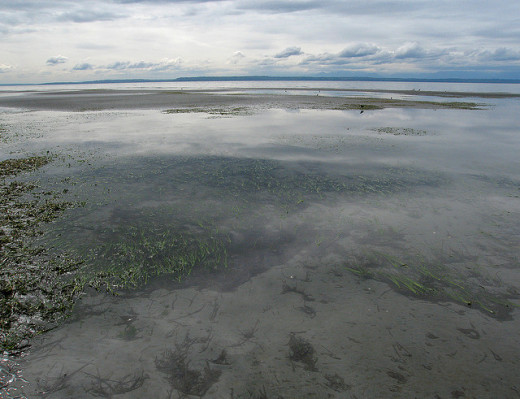
Underwater Crop Circles
Crop circles are a favorite topic for many UFO enthusiasts. These strange circles appear in grassy fields when no one is looking.
There are also naturally occurring circles that have been attributed to both UFOs and fairies. They’re not in fields of wheat, though. They’re under water.
The most famous underwater circles are off the coast of Denmark, because they’re visible from land. They first got widespread attention when tourists first captured them in 2008, but there’s no doubt that they had been seen by coastal residents for years beforehand.
Although it’s tempting to plant the responsibility on aliens or the fey folk, the circles are actually a type of aquatic plant called Eelgrass. This flowering plant grows outward in a circular pattern on muddy underwater surfaces in the region. This grass is susceptible to sulfide and often dies when exposed to it.
High sulfide levels occur naturally due to tectonic activity, but they can also happen due to fertilizer runoff. When it comes to the Denmark coast, this chemical is happens naturally.
Because older grass is at the center of the ring, it dies when sulfide levels go up. The younger grass is more resilient, so it tolerates the sulfide in the mud. Eelgrass roots keep mud in place, so when the plant dies, the mud washes away in the ring’s center. The surviving grass keeps the mud it relies on in place, which is how the circle is formed.
Learn More About Puffer Fish Crop Circles
A different underwater circle has been spotted off the coast of Japan by divers. These circles have an interesting striated texture. They linger in the sand for a short time before vanishing.
The first one was discovered in 1995, followed shortly by more. The discovery caught the interest of some UFO enthusiasts, because scientists had no explanation for them at first. With time, a new species of puffer fish was caught in the act of creating a submerged circle.
In another expression of unique mating behaviors that fill the natural world, these seven foot works of art are created by the male puffer fish, which averages about five inches in length. The male makes these circles by manipulating the sand with his fins as he swims by.
If the circle is up to the female’s standards, she’ll lay her eggs in the center for the male to fertilize. The ridges in sand protect the eggs until they hatch, and baby fish are ready to start their own journey into adulthood.
Fairy Rings
When mushrooms grow in a perfect circle or a ring of grass different from the rest appears, some believe fairies were dancing in that path and by entering the circle, you risk being abducted into the fairy world. This belief has its roots in Celtic folklore, but because these rings have appeared throughout the world, different beliefs have sprung up amongst various cultures.
Some folklore states that dragons formed the circles with their fiery breath, while other stories state if you step in one such circle, you’ll lose an eye.
As much fun as these stories are, most fairy rings are the result of fungal activity. The mushrooms that make up some circles are actually just the fruits of a vast network of underground growth.
Suburban Fairy Ring
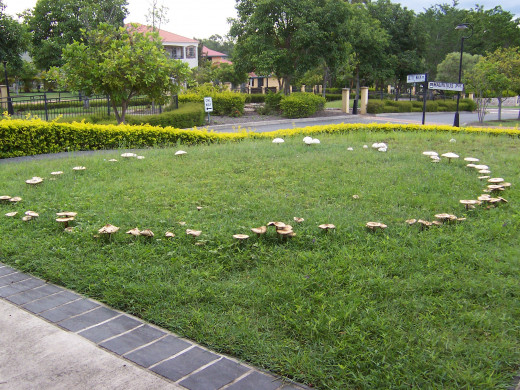
Like plants, fungus is dependent on nitrogen for growth. When a ring of concentrated fungal growth appears underground, the plants sharing that space can die off or at least experience a change in coloration due to a sudden drop in nutrition.
On the other hand, some types of fungus produce a variety of chemical that speeds plant growth up. When rings of that fungus appears, the grass growing in the area becomes a luxurious ring of foliage due to the unexpected boost it was given.
Not all land-locked circles can be explained by fungi, though.
There are perfectly circular areas of land on which nothing grows in South Africa which thus far defy explanation. These circles are usually between seven and forty-nine feet, and stand out because they show up in grassy areas.
They’re not static, either. They appear to grow with time, and eventually get filled in by other plant life. Some theorize that they’re the result of termite invasion, while others believe they’re the fault of a certain type of parasite native to the area.
However, like in Europe, these circles hold spiritual meaning to the people living in the regions that have these circles. Some cultures believe they were put there by the gods, while others feel a past ancestor put them there with the aid of some sort of spiritual power.
People Playing on a Huge Ice Circle
Ice Circles
Thanks to the viral nature of the internet, most of us have probably already seen videos of mysterious ice disks lazily rotating in creeks and rivers.
Although I didn’t find much by way of folklore in relation to ice circles, I did find one Scandinavian legend about a young girl and a water spirit.
This spirit is known as a Fosse-Grim, or male water spirit, and was known for the music he used to lure unsuspecting people into the frigid waters. One day, a nomadic community needed to cross his stream, but one small girl was too afraid to cross.
The spirit appeared, and took pity on the child. Instead of pulling her in, he touched the water with a fingertip and created a disk of ice for her to step onto. He created disk after disk, until she had a clear pathway to the other side. Cautiously, she crossed, and they became friends. When she grew up, he would do the same for her husband and children, but not for anyone else.
Over time, the woman’s family fell victim to a terrible illness. She grew sick, as well.
When it came time to cross the river, the spirit didn’t recognize her. He grew angry when this strange old woman took advantage of the gift he intended for someone else. He waited until she was halfway across, before shattering the circle under her feet. She fell and drowned.
When he discovered what he did, he returned her body to the villagers, and vanished for years, too heartbroken to appear again. Eventually, ice circles started to make appearances once more, but they were never as prevalent as they once were.
Ice circles may not be created by sorrowful water spirits, but they do appear every winter. Because of their nature they are temporary. However, they range in size from very small to large enough to be seen from space.
The majority of ice circles form along shorelines of rivers and creeks at the end of winter or beginning of spring. Melting ice breaks into smaller islands on the water’s surface, and some of these pieces get caught in eddies by the shoreline. The spinning motion causes the circular shape by shaving away sharp edges and keeping the center of the circle frozen.
The stronger the eddy, the bigger the circle will be.
Lake Baikal Ice Circle
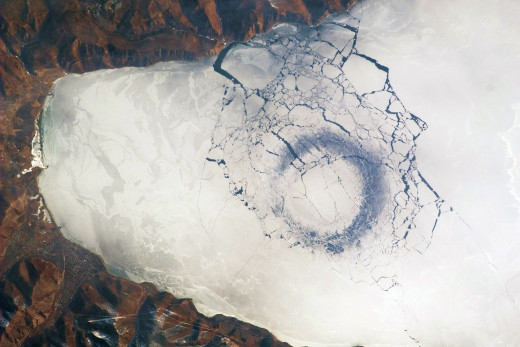
Not all ice circles form in running water, though. Many of the ice circles spotted from the International Space Station where formed in lakes without the same mechanisms at work as running bodies of water.
It took a while, but science has explained at least one of these circles. The one spotted on Lake Baikal in Serbia was formed by water warmed by methane deposits from the bottom of the lake. That warm water then started to spin, thanks to the Coriolis Effect, and water at the surface melted in a ring formation.
Since thin ice is darker in color than thicker ice, it appears darker, which is what forms the visible circle.
Interestingly enough, that area is known to be a very dangerous spot for boats in the summer, because of the turbulence changes in temperature causes.
As fascinating as the science is behind these events and interesting the folklore, these incidences are all examples of the gifts the natural world gives us. If you ever have the privilege to witness any of these, why not take a moment to appreciate the scientific wonders they are and the stories they inspired?

